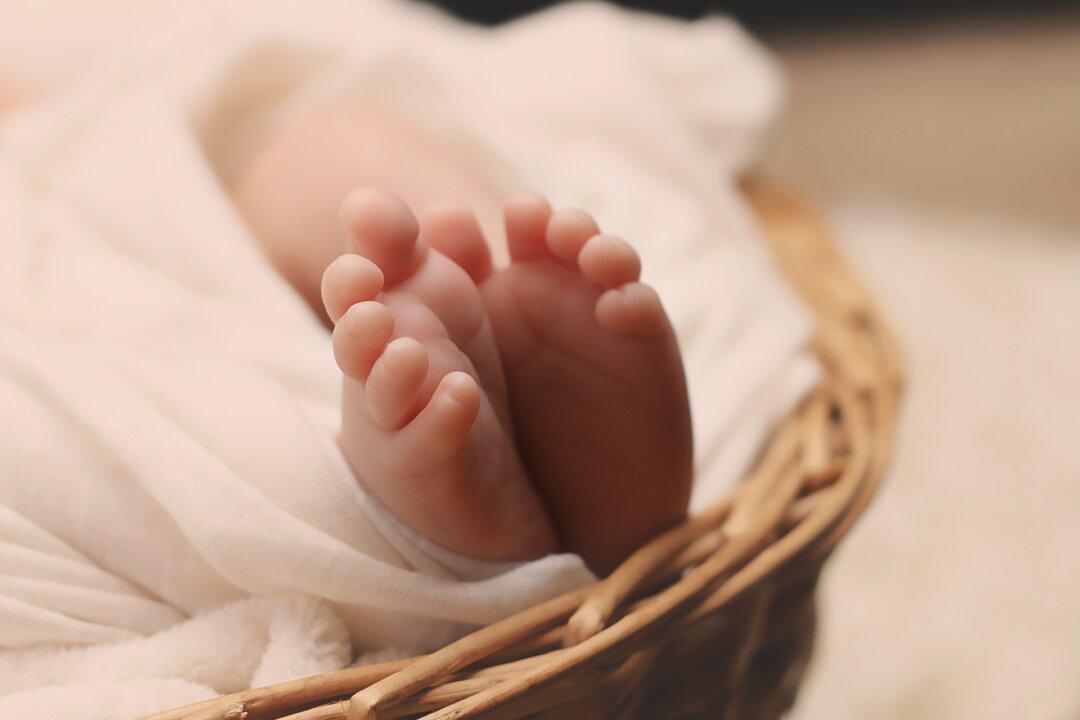A baby girl was born with her twin sister inside her, half-formed, but still growing via its own umbilical cord.
The incredibly rare phenomenon was first documented in 1808, with fewer than 200 cases reported since, but the case in Columbia was the first time that the condition has been picked up before birth.





